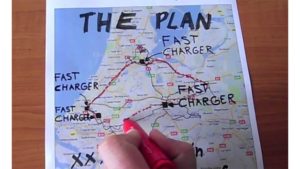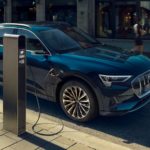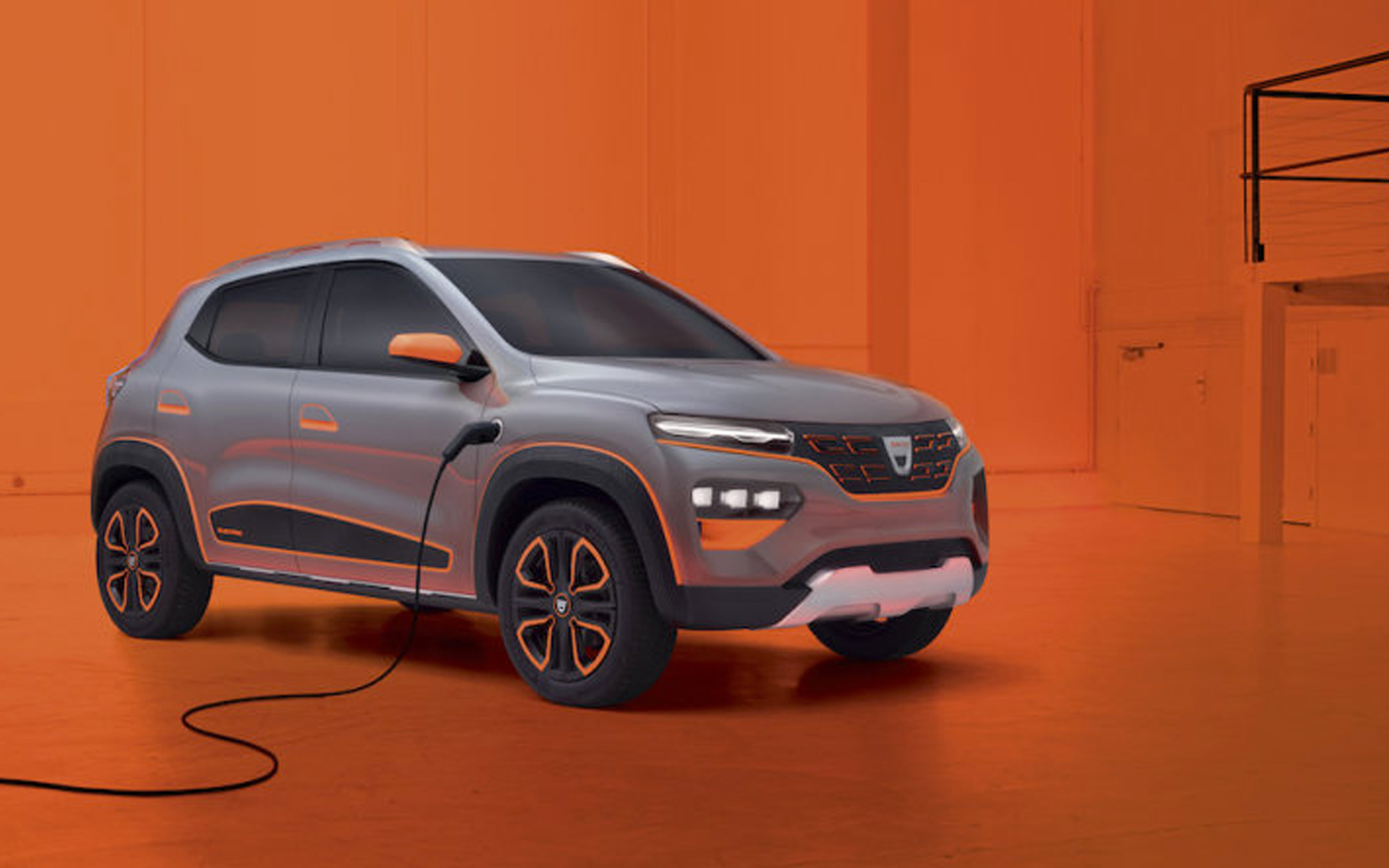Our new focus on Public Transport
Getting Public Transport Back on Track Post-Pandemic
This week, we spoke with Julia Ann Corkery about her recent report on Public Transport in Ireland and what the future holds for the sector. The report itself looks at the trends we have witnessed over the past 18 months, as the use of public transport fell to levels never seen before.
But, we were keen to do a deeper dive into what is causing the shift and what we can do to facilitate a positive move back to engagement with our public transport system.

As the pandemic started to take hold here last year, there was good reason for buses and trains to remain empty as people stayed away from enclosed spaces, stayed away from other people and basically, stayed at home!
Now, as we emerge from the Covid-19 pandemic (hopefully, safely), there is renewed focus to look at building a more integrated, efficient and safe public transport system in this country. This is not just as simple as throwing funds at the sector, but looking a little deeper into consumer sentiment and what a transport system could look like in order to get the public to buy into it.
Throughout the past 18 months, many of our habits changed. Those of us that had used public transport before, were now now working from home. And if we were still going into the workplace, many people were either nervous about taking a train, bus or LUAS, or the services simply weren’t operational.
For many people, the fact that there were less people on the road meant that taking their own car to work was now a much easier option. Less traffic, meant shorter commute time and no hanging around bus-stops in the rain.
Of course, it is clear that whatever the challenges we face in relation to public transport in our cities, rural areas simply do not have sufficient public transport systems available and so, dependency on private cars will always be higher here.
With more and more people moving from cities to smaller towns for a better quality of life, more affordable housing and the option to work from home full time, we must accept that private cars will need to co-exist in any system that we build. We need to keep the pressure on to move towards EV and PHEV vehicles. In order for us to move towards lower emissions, these will be a key part of our future and will also need the correct infrastructure.

Across the country, there has been a shift in how we approach work, travel and socialising, but many will say that we have not really see the full impact of what the more permanent changes will be. However, it is certain that our movements and the way we get around, will change along with these trends and the pandemic has shown us that there are ways we can do this, if we have the will.
The other stark reality that has hit us harder than ever over the past few weeks, is that our planet simply cannot afford for us to move around in the way we did before.
Taking 3 or 4 flights to enjoy a mini break isn’t something any of us feel we should brag about these days, given the impact of our flight emissions.
Likewise, jumping into our cars to pop to the shopping center or indeed to enjoy a weekend ‘down the country’ is something we must also take a look at. Public transport must play an increased part in how we move about.

But, what should our public transport look like? Here are a few things we should be thinking about according to Julia Ann:
- – The pattern of people movement has changed, so we must build a future public transport system to match. The peak times of travel are no longer 7am to 9am and 5pm to 7pm. People are working more flexible timetables. The availability of services needs to reflect this.
-
– As we look to build out a long terms infrastructure, its is also important that the system that is currently in place is properly supported. People will only utilise the system if it works, so we need to make sure that they can see this and believe in it.
- – There needs to be a more integrated approach to how we travel. We should not look at each mode of travel in isolation, but rather look at ‘the full journey’. Having a public transport system that includes, LUAS, Bus, Trains, City Bikes is important and people should be facilitated in the same way to use them all. Many people will take a bus for part of their journey and then hop on a bike to their office. Can we have an integrated ticketing system for example?
-
– We talk about taxes and placing restrictions on private transport in order to entice people into using the public system, but there must also be incentives. Grants for Electric Vehicles has played some part in this, but we need more.
- – Our government have some strong and ambitious plans for the sustainability of our public transport system. It will take time, but the political will is there and solid plans are being out into place now.
- – In the shorter term, if we have a public system that works, is properly funded and managed, it will make the decision for a great number of our public to enjoy the system. This will make any longer term plans easier to digest.

We will watch the space with interest over the coming months and years. We hope that our public will support our government’s plans and initiatives going forward.
Julia Ann has quoted The International Association of Public Transport from an open letter to the European Commission
“if public transport had to be reduced by half, it would impose five times greater cost to economy and society than continuing these services”
Julia Ann Corkery is Director of Strategy, Transactions Government and Infrastructure at EY, Ireland.





